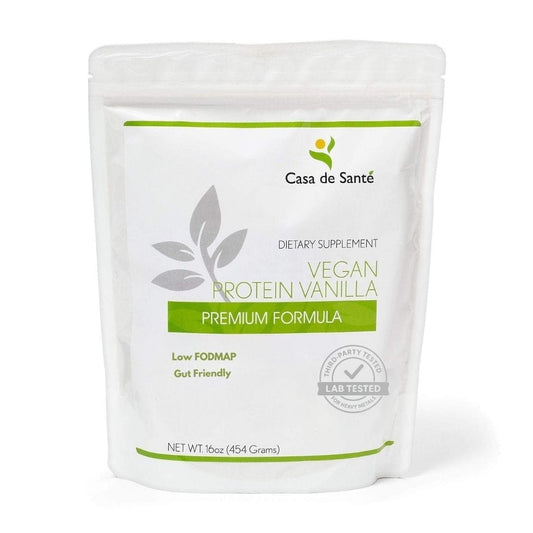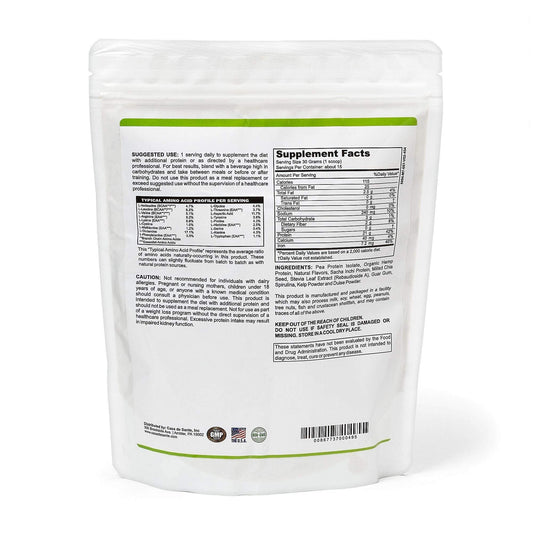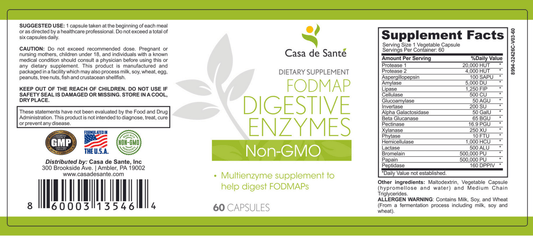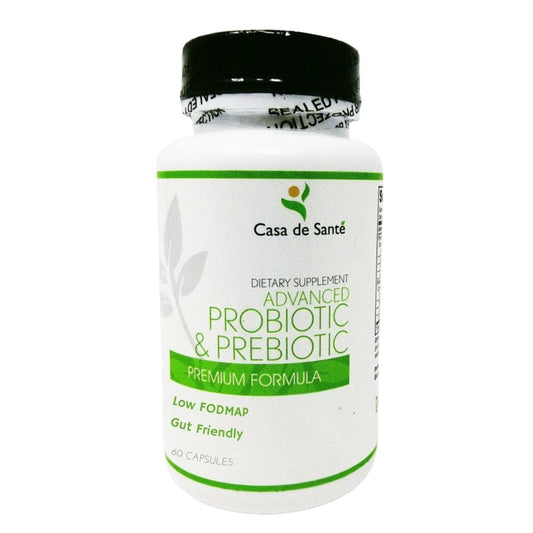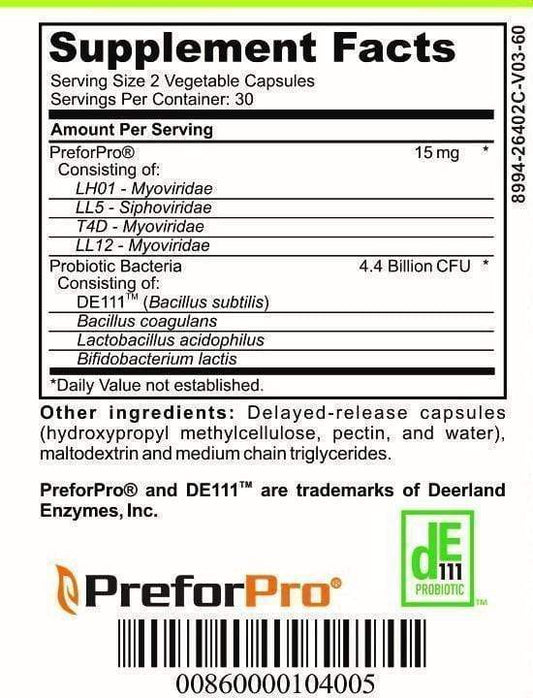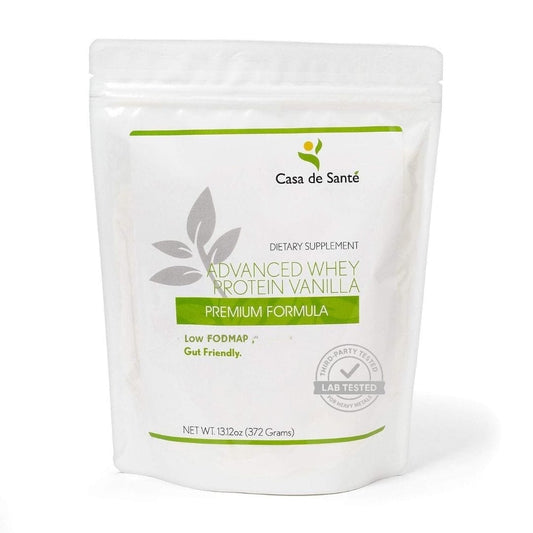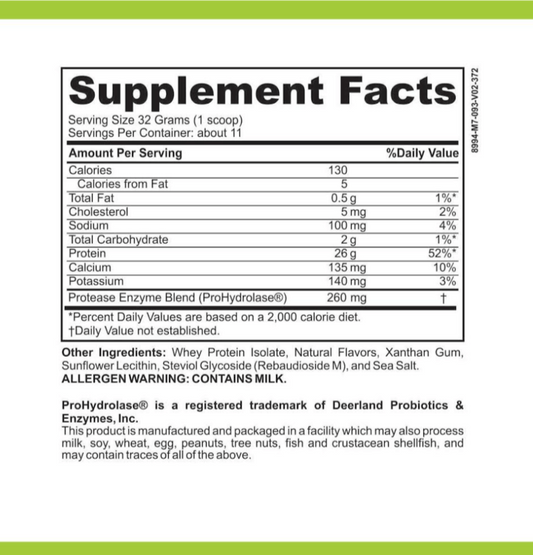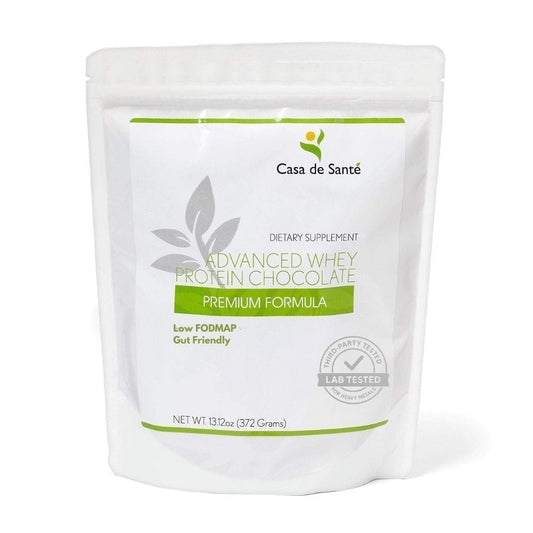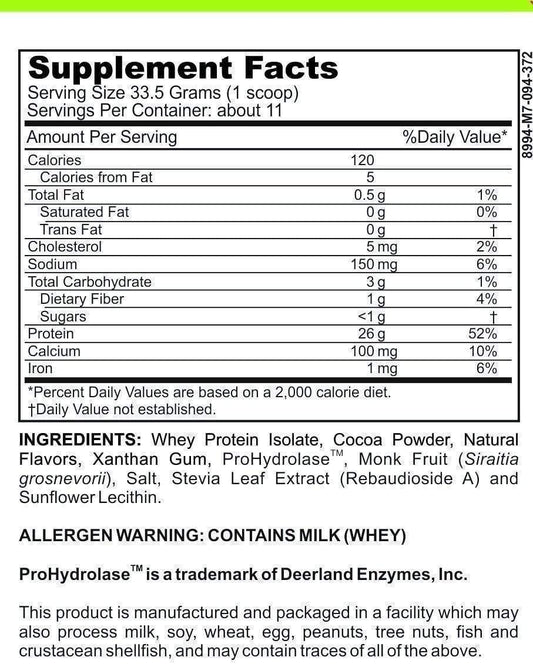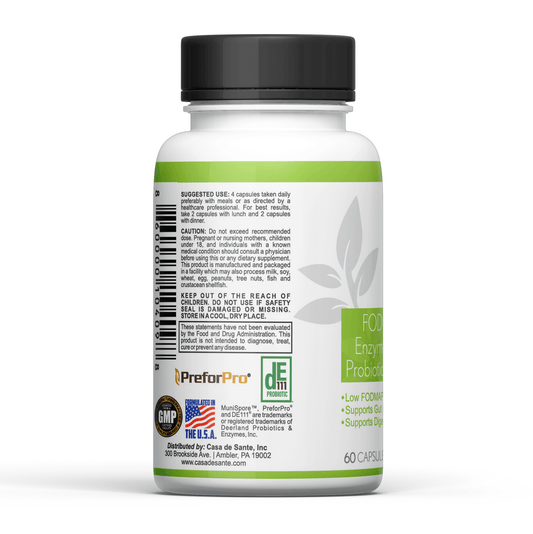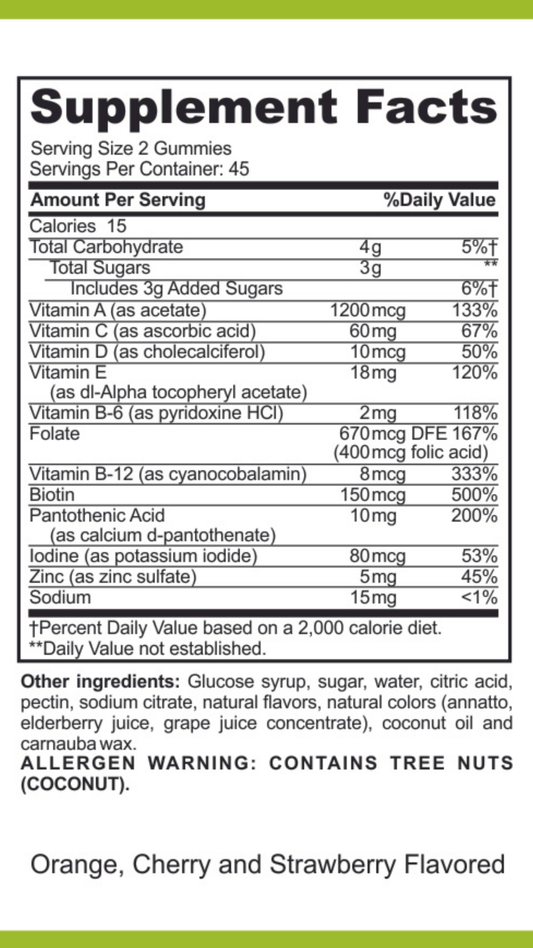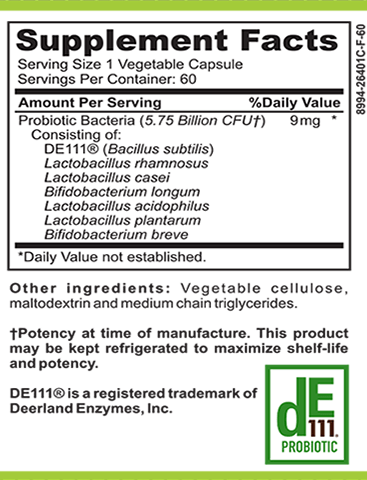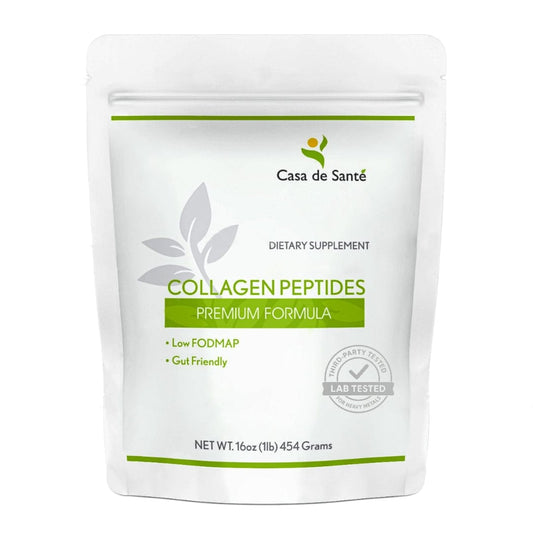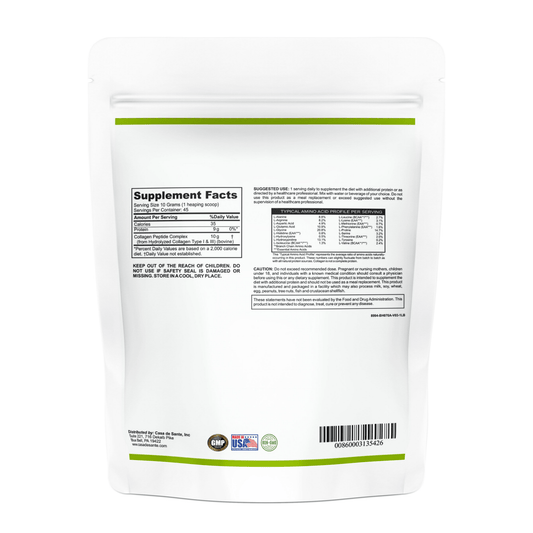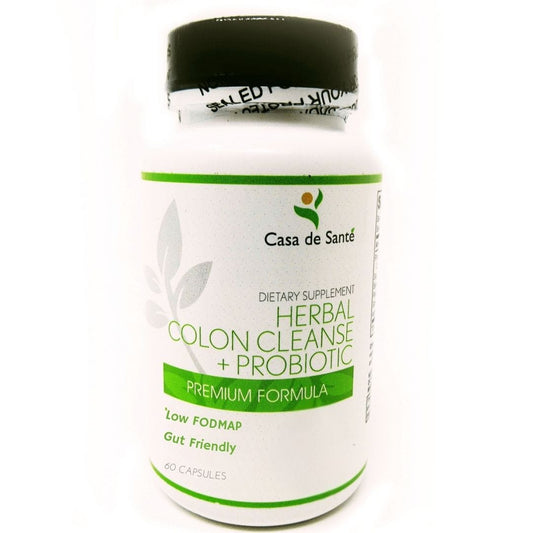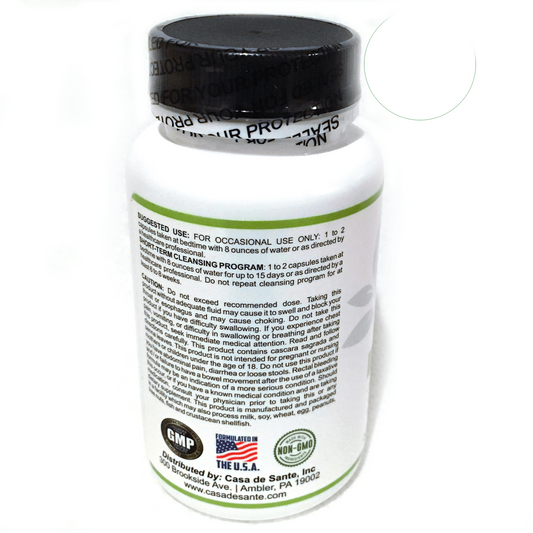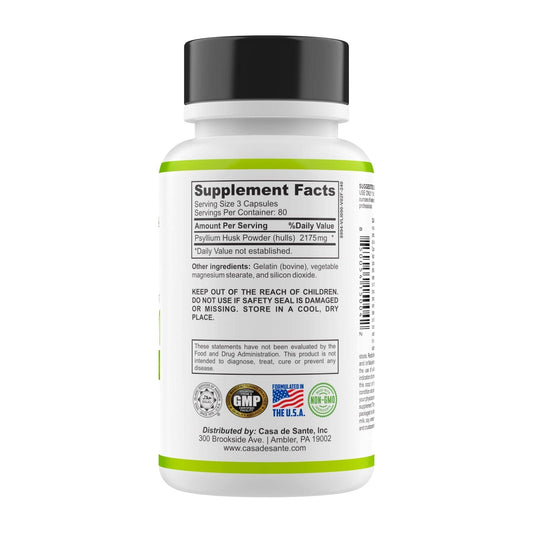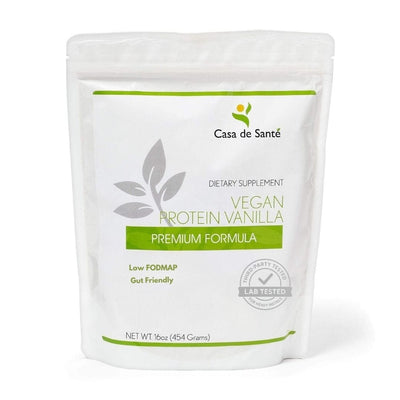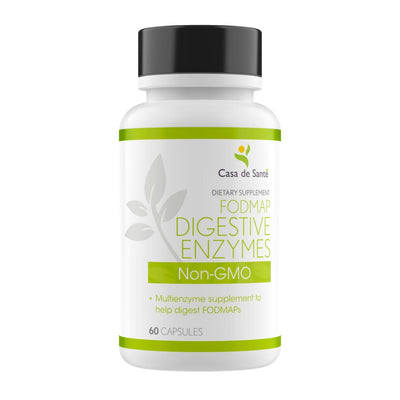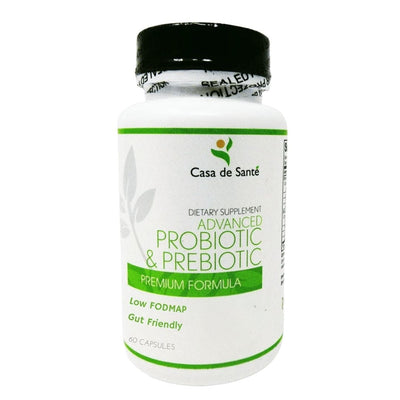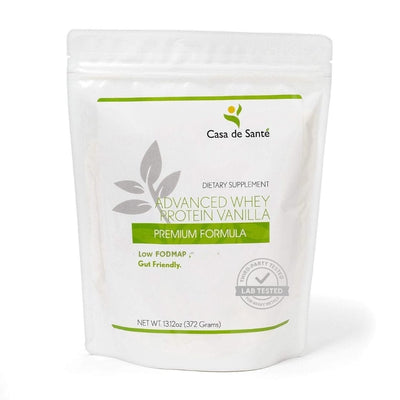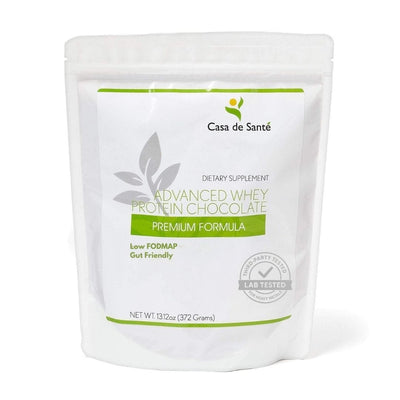How Arugula Can Help Reduce Acid Reflux
How Arugula Can Help Reduce Acid Reflux
Acid reflux is a common digestive disorder that affects millions of people worldwide. It occurs when the acid in your stomach flows back up into your esophagus, causing a burning sensation and discomfort. If you're one of the many individuals struggling with acid reflux, you may be seeking natural remedies to alleviate your symptoms. One such remedy that has gained attention is arugula, a leafy green vegetable known for its unique flavor and health benefits.
Understanding Acid Reflux
Acid reflux, also known as gastroesophageal reflux disease (GERD), occurs when the lower esophageal sphincter (LES) doesn't function properly. The LES is a ring of muscles that acts as a valve, preventing stomach acid from flowing back up into the esophagus. When the LES weakens or relaxes at the wrong time, acid can escape, causing the unpleasant symptoms associated with acid reflux.
What is Acid Reflux?
Acid reflux is a condition characterized by the regurgitation of stomach acid into the esophagus. It often leads to heartburn, a burning sensation in the chest, and other uncomfortable symptoms, such as regurgitation, bloating, and difficulty swallowing.
Common Causes of Acid Reflux
Several factors can contribute to the development of acid reflux. These include:
- Obesity: Excess weight can put pressure on the stomach, causing the LES to weaken and allowing acid to escape.
- Smoking: Smoking can irritate the lining of the esophagus and weaken the LES, increasing the risk of acid reflux.
- Consuming Large Meals or Spicy Foods: Overeating or consuming spicy foods can trigger acid reflux by putting extra pressure on the stomach and causing the LES to relax.
- Certain Medications: Some medications, such as nonsteroidal anti-inflammatory drugs (NSAIDs), calcium channel blockers, and sedatives, can relax the LES and contribute to acid reflux.
- Hiatal Hernia: A hiatal hernia occurs when the upper part of the stomach protrudes into the diaphragm, disrupting the normal function of the LES and leading to acid reflux.
Identifying the underlying cause of your acid reflux can help guide your treatment options. It's important to consult with a healthcare professional for an accurate diagnosis and personalized treatment plan.
Aside from these common causes, there are other factors that can worsen acid reflux symptoms. These include:
- Dietary Triggers: Certain foods and beverages, such as citrus fruits, tomatoes, chocolate, coffee, and alcohol, can trigger or exacerbate acid reflux symptoms.
- Pregnancy: Hormonal changes during pregnancy can relax the LES, leading to acid reflux.
- Lying Down After Eating: Gravity plays a role in keeping stomach acid in the stomach. Lying down too soon after eating can increase the likelihood of acid reflux.
- Stress: Emotional and psychological stress can affect the functioning of the digestive system, including the LES, potentially leading to acid reflux.
Managing and preventing acid reflux often involves lifestyle modifications, such as maintaining a healthy weight, avoiding trigger foods, eating smaller meals, quitting smoking, and managing stress levels. In some cases, medications or surgical interventions may be necessary to alleviate symptoms and prevent complications.
The Nutritional Profile of Arugula
Arugula, also known as rocket or salad rocket, is a leafy green vegetable packed with essential nutrients. It belongs to the Brassicaceae family, which includes cabbage, kale, and broccoli. This vibrant green vegetable boasts a unique peppery flavor and is widely used in salads, sandwiches, and various culinary preparations.
What is Arugula?
Arugula is a cruciferous vegetable that originated in the Mediterranean region. It's rich in vitamins A, C, and K, as well as folate, calcium, potassium, and antioxidants. Thanks to its low calorie and high nutrient content, arugula is often recommended as part of a healthy diet.
Arugula is not only delicious but also incredibly versatile. Its leaves are tender and have a slightly spicy taste, which adds a delightful kick to any dish. Whether you're tossing it in a salad, using it as a pizza topping, or blending it into a pesto sauce, arugula adds a burst of flavor and a vibrant touch of green to your meals.
One of the standout features of arugula is its impressive nutritional profile. Just one cup of arugula provides you with a significant amount of vitamins and minerals. Vitamin A is essential for maintaining healthy vision, while vitamin C boosts your immune system and promotes collagen production for healthy skin. Vitamin K plays a crucial role in blood clotting and bone health.
Nutritional Components of Arugula
In addition to its vitamin and mineral content, arugula contains beneficial phytochemicals, such as glucosinolates and indoles, which have been linked to various health benefits. These compounds have antioxidant and anti-inflammatory properties that may contribute to reducing the risk of chronic diseases, including certain types of cancer.
Furthermore, arugula is an excellent source of dietary fiber, which aids in digestion and promotes a healthy gut. It also contains nitrates, which have been shown to improve exercise performance by enhancing blood flow and reducing the oxygen cost of physical activity.
Arugula's peppery flavor comes from the presence of compounds called isothiocyanates, which are responsible for its distinct taste. These compounds not only add a zing to your taste buds but also have antimicrobial properties that help fight off harmful bacteria.
When selecting arugula, look for fresh, crisp leaves that are vibrant green in color. Avoid wilted or yellowing leaves, as they indicate that the arugula is past its prime. To store arugula, place it in a plastic bag in the refrigerator and use it within a few days for optimal freshness.
In conclusion, arugula is not only a delicious addition to your meals but also a nutritional powerhouse. Its rich vitamin and mineral content, along with its beneficial phytochemicals, make it an excellent choice for promoting overall health and well-being. So next time you're looking to add some flavor and nutrition to your plate, don't forget to reach for arugula!
The Connection Between Arugula and Acid Reflux
While there is no definitive cure for acid reflux, certain lifestyle changes and dietary modifications can help manage its symptoms. Incorporating arugula into your diet may be one such strategy.
How Arugula Affects Digestion
Arugula's high fiber content can promote healthy digestion and prevent constipation, which is often associated with acid reflux symptoms. Fiber adds bulk to your stool, aiding in regular bowel movements and preventing the backup of waste in your digestive system.
Additionally, arugula contains enzymes that can enhance the breakdown of food in the stomach. These enzymes help to break down complex carbohydrates, proteins, and fats, facilitating the digestive process and reducing the likelihood of acid reflux symptoms.
Moreover, arugula is rich in chlorophyll, a pigment that has been shown to have antioxidant and anti-inflammatory properties. These properties can help reduce inflammation in the digestive tract, providing relief from acid reflux symptoms.
Arugula's Role in Alleviating Acid Reflux Symptoms
Arugula's low acidity and alkaline nature make it an excellent choice for individuals with acid reflux. It is believed that arugula may help neutralize excess stomach acid, reducing the discomfort associated with acid reflux.
Furthermore, arugula is a good source of vitamins and minerals that support overall digestive health. It contains vitamin C, which can help strengthen the immune system and protect the digestive tract against infections. Arugula also provides folate, a B-vitamin that plays a crucial role in the synthesis and repair of DNA, promoting healthy cell growth in the digestive system.
The high water content of arugula can also help soothe the lining of the esophagus and reduce inflammation. Drinking plenty of water and consuming water-rich foods like arugula can help dilute stomach acid and provide relief from acid reflux symptoms.
Additionally, arugula is a natural source of nitrates, which have been shown to improve blood flow and oxygen delivery to the digestive organs. This enhanced blood flow can promote a healthy digestive system and reduce the occurrence of acid reflux symptoms.
It is important to note that while arugula can be beneficial for individuals with acid reflux, it may not work for everyone. It is always recommended to consult with a healthcare professional or a registered dietitian before making any significant changes to your diet, especially if you have a pre-existing medical condition.
Incorporating Arugula into Your Diet
Now that you understand the potential benefits of arugula for acid reflux, you're probably wondering how to include this leafy green in your diet. Luckily, there are numerous delicious ways to incorporate arugula into your meals.
Arugula, also known as rocket or rucola, is a versatile and nutrient-rich leafy green that can be enjoyed in a variety of dishes. Its distinct peppery flavor adds a unique taste to any meal, making it a favorite among many culinary enthusiasts.
One simple way to enjoy arugula is by adding a handful of its leaves to your salads, sandwiches, or wraps. The vibrant green color and crisp texture of arugula can complement other ingredients and add freshness to your meals. Its peppery taste can provide a delightful contrast to the sweetness of fruits or the creaminess of cheeses.
If you're looking to elevate the flavor of your side dishes, consider sautéing arugula with garlic and olive oil. This quick and easy method not only enhances the taste of arugula but also helps to bring out its natural flavors. The combination of the slightly bitter arugula with the aromatic garlic and the richness of olive oil creates a mouthwatering side dish that pairs well with grilled meats or roasted vegetables.
For pasta lovers, arugula can be a wonderful addition to your favorite pasta dishes. Simply toss a handful of arugula leaves into your cooked pasta along with some cherry tomatoes, grated Parmesan cheese, and a drizzle of olive oil. The heat from the pasta will slightly wilt the arugula, releasing its flavors and providing a burst of freshness to the dish.
Tips for Buying and Storing Arugula
When buying arugula, it's important to choose fresh, bright green leaves that are free from wilting or yellowing. The freshness of the arugula directly impacts its taste and nutritional value. Look for organic options to ensure you're getting the highest quality produce, as organic farming practices often prioritize the use of natural fertilizers and avoid synthetic pesticides.
Once you've brought your arugula home, it's essential to store it properly to maintain its freshness. To keep your arugula crisp and flavorful, start by washing the leaves thoroughly to remove any dirt or debris. After rinsing, gently pat the leaves dry with a clean kitchen towel or use a salad spinner to remove excess moisture.
Next, wrap the arugula loosely in a damp paper towel to help retain its moisture. This step is crucial in preventing the leaves from drying out and becoming wilted. Finally, place the wrapped arugula in a plastic bag or container and store it in the refrigerator. By following these steps, you can extend the shelf life of your arugula and enjoy its optimal flavor and nutritional benefits for several days.
Remember to consume your arugula within a few days to ensure its freshness. As time passes, the leaves may start to lose their crispness and vibrant color, diminishing the overall quality of the arugula.
Incorporating arugula into your diet is not only a delicious way to enhance your meals but also a smart choice for promoting good health. Its high vitamin and mineral content, including vitamins A, C, and K, as well as folate and calcium, make it a nutritious addition to any balanced diet.
Other Lifestyle Changes to Help Manage Acid Reflux
While incorporating arugula into your diet can be beneficial, it's essential to adopt a comprehensive approach to manage acid reflux effectively.
Dietary Adjustments for Acid Reflux
Alongside consuming arugula, consider making other dietary adjustments to reduce acid reflux symptoms. Avoid trigger foods such as spicy foods, citrus fruits, tomatoes, fatty foods, and carbonated beverages. Instead, opt for smaller, more frequent meals and stay hydrated throughout the day.
Importance of Regular Exercise and Adequate Sleep
Regular exercise can help maintain a healthy weight and improve digestion, reducing the risk of acid reflux episodes. Additionally, getting enough sleep is crucial, as sleep deprivation can exacerbate acid reflux symptoms. Establish a regular sleep routine and aim for at least seven to eight hours of quality sleep each night.
In conclusion, while arugula alone may not be a miracle cure for acid reflux, it can certainly play a role in managing its symptoms. Its nutritional profile and potential benefits for digestion make it a valuable addition to a balanced diet. Remember to consult with your healthcare provider before making any significant dietary changes, and listen to your body to determine which foods work best for you. By combining dietary modifications, lifestyle adjustments, and incorporating arugula into your meals, you may find relief from acid reflux's discomfort and enjoy the numerous health benefits arugula has to offer.

